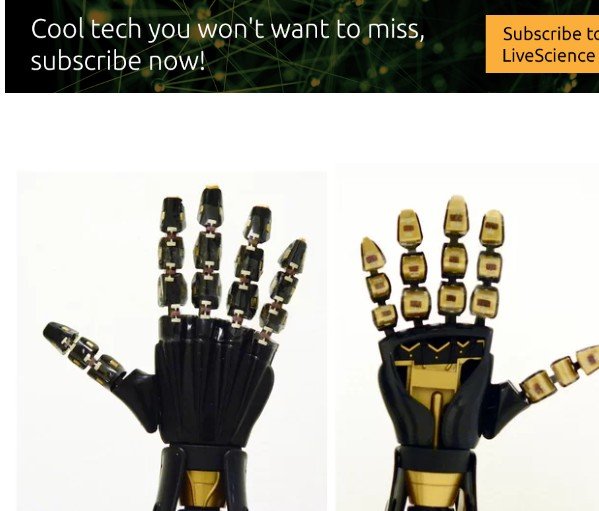Rubber electronics and sensors that operate normally even when stretched to up to 50 percent of their length could work as artificial skin on robots, according to a new study. They could also give flexible sensing capabilities to a range of electronic devices, the researchers said.
Like human skin, the material is able to sense strain, pressure and temperature, according to the researchers.
It's a piece of rubber, but it has the function of a circuit and sensors," said Cunjiang Yu, an assistant professor of mechanical engineering at the University of Houston. Yu and his team describedtheir innovation in a study published online Sept. 8 in the journal Science Advances.
Yusaid the rubber electronics and sensors have a wide range of applications, from biomedical implants to wearable electronics to digitized clothing to "smart" surgical gloves.
Because the rubbery semiconductor starts in a liquid form, it could be poured into molds and scaled up to large sizes or even used like a kind of rubber-based ink and 3D printed into a variety of different objects, Yu told Live Science.
One of the more interesting applications could be for robots themselves, Yu said. Humans want to be able to work near robots and to coexist with them, he said. But for that to happen safely, the robot itself needs to be able to fully sense its surroundings. A robot — perhaps even a soft, flexible one, with skin that's able to feel its surroundings—could work side by side with humans without endangering them.
Electronics and robots are typically limited by the stiff and rigid semiconductor materials that make up their computer circuits. As such, most electronic devices lack the ability to stretch, the authors said in the study. This latest solution addresses both of those issues, the researchers said. Instead of inventing sophisticated polymers from scratch, the scientists turned to low-cost, commercially available alternatives to create a stretchy material that works as a stable semiconductor and can be scaled up for manufacturing, the researchers wrote in the study.
The researchers applied strips of the material to the fingers of a robotic hand. The electronic skin worked as a sensor that produced different electrical signals when the fingers bent. Bending a finger joint puts strain on the material, and that reduces electric current flow in a way that can be measured.

Hi! I am a robot. I just upvoted you! I found similar content that readers might be interested in:
https://www.livescience.com/60386-robots-artificial-skin-stretchy-semiconductor.html
Congratulations @yomeedey! You received a personal award!
You can view your badges on your Steem Board and compare to others on the Steem Ranking
Vote for @Steemitboard as a witness to get one more award and increased upvotes!